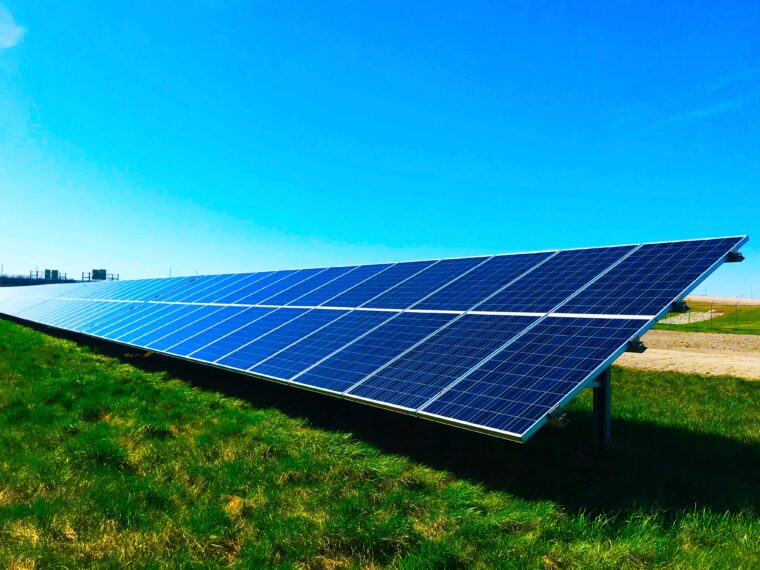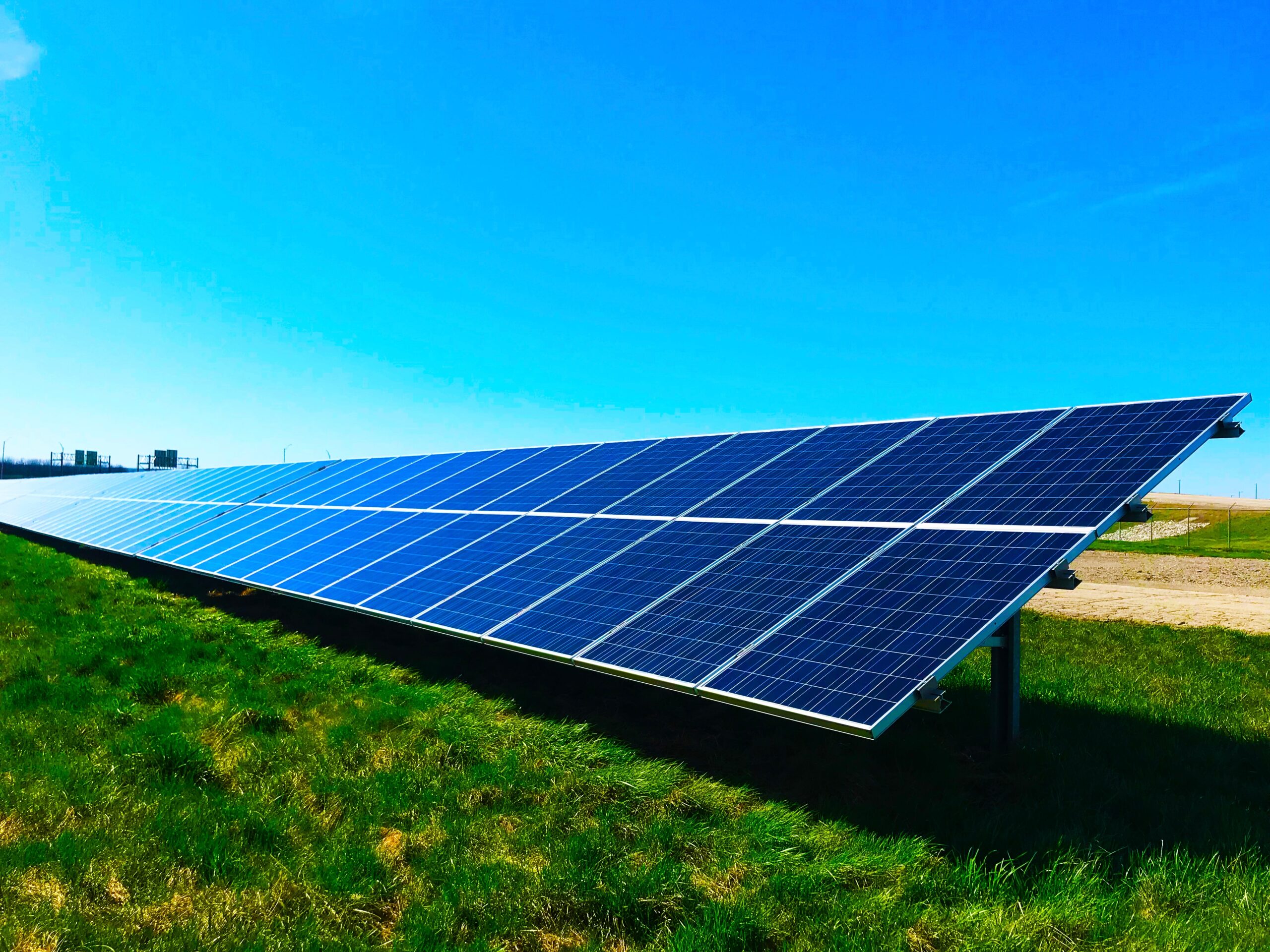
Funding and support are abundantly available for clean energy projects in America. The federal government has allocated billions in funding to incentivize Americans to move to clean energy. A head-spinning amount of the funding is earmarked for projects that transition facilities of all types to solar power. In July, the Environmental Protection Agency (EPA) announced a $20 billion funding allocation to the Greenhouse Gas Reduction Fund for projects that have been selected. Three institutions have been selected to receive $14 billion for clean energy projects and $6 billion will be used for the Clean Communities Investment Accelerator competition. The Environmental Protection Act will provide $7 billion for the Solar for All competition, which will provide funding for clean power projects launched by states, territories, tribal governments, municipalities and certain nonprofits. Another program worthy of note is the Department of Agriculture’s Rural Energy for America Program, which has another $1 billion available this year for clean energy projects in rural areas. State legislatures have also provided funding for clean energy programs, and local governments have funding available for these projects.
Solar power technology has become more attractive over the past several years, and in many parts of the country, solar is in extremely high demand. Recent advances now provide greater power at less cost, along with benefits that include renewable energy independence, cost savings, cleaner air, and tax credit incentives.
Airports are generating high demand for solar power. As facilities that host dense crowds 24 hours a day, airports have enormous power demands. A recent study found that solar panels placed on flat, commercial roofs are up to 10 times more effective than those placed elsewhere. Airports are usually located in flat areas with little tree cover and many have flat roofs. Over the last decade, at least one-fifth of U.S. airports have some new solar power capacity.
Solar farms are becoming common In California. Large solar panels are placed over water canals to capture energy while reducing water evaporation in the drought-stricken state. Even more significant is a bill that the governor has signed that allows solar panels, batteries and power lines to be built along highways in the state. The new law directs transportation officials to install solar panels along 15,000 highway miles over the next two years. The state has enormous space resources along its highway system including 52,000 lane miles in the state highway system and more than 23,000 lane miles of federal interstate roadways. The solar installation along the roadways has represented contracting opportunities for many years, but the effort is even larger. The legislature also established a process for installing renewable energy infrastructure within state-owned rights-of-way.
The Sky Harbor International Airport in Arizona has been awarded $20 million in federal funding to design and build solar panel roof coverings over three of its parking facilities. The project carries a $38 million cost and is scheduled to be launched in 2024. It will boost the airport’s individual power needs and also supply energy to the city of Phoenix’s power grid.
The El Paso International Airport in Texas received $3 million in funding to install a solar-powered microgrid. A solar array will be placed on approximately 40 acres of airport property in two ground-level locations. Panels will also be placed on top of the rental car center to use the flat roof. It will generate power for the airport and also provide supplemental power for the city of El Paso. Construction is slated for 2024. The federal funding also included $360,000 for the airport to develop a Sustainability Master Plan, which will be integrated into El Paso’s city master plan. That will result in more clean energy projects.
The Omaha Power District in Nebraska will repurpose an old landfill with a new solar array through a $3.46 million project. A feasibility study is scheduled to begin in 2023 and construction is slated for late 2024. The solar array will occupy 160 acres and officials say the project should allow everything operational by 2026.
Several solar energy projects are planned for the city of Madison, Wisconsin. Solar projects launching in 2024 include design and solar installations at three facilities. City officials also plan to install batteries in two other locations. To support clean energy even more, efficient LED lighting and building automation elements are planned. Engineers project the projects to deliver $125,000 in operating savings annually because of lower utility and maintenance costs. Additional clean energy projects are planned through 2029 as city leaders work to meet the community’s green energy efficiency goals.
The Iowa City Municipal Airport has received funding for a solar energy project to alleviate ongoing power issues related to the facility’s terminal and runway lighting. Solar panels will be installed on the ground surface around the airport and on the terminal roof. The project is scheduled to launch in 2024. A final cost has not been projected.
Clean energy projects are numerous now but most likely represent just the tip of the iceberg for what can be expected in the next several years.

